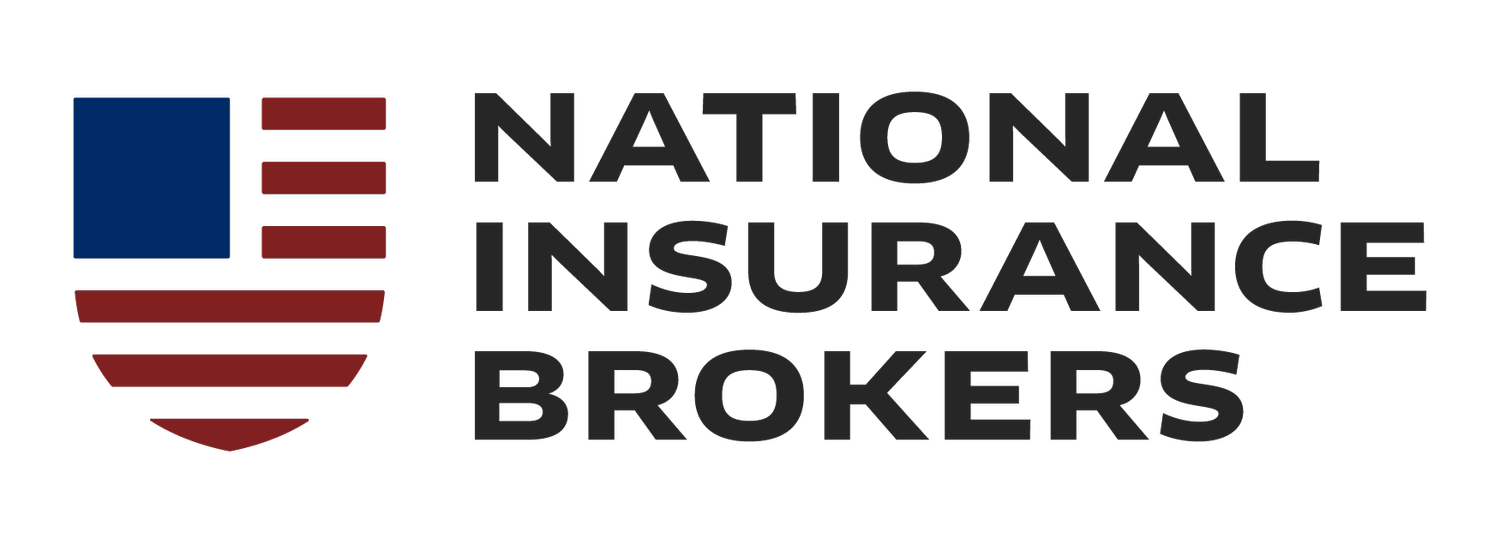Benchmarking Benefits: How to Ensure Your Offerings Remain Competitive
Benchmarking benefits for your business is vital because competitive benefits enable you to better match the needs of your employees and stay on top of the benefits trends within your industry, ensuring you recruit, retain, and motivate the best employees.
This blog will cover what employee benefits benchmarking is, as well as break down step by step the process of how to do it for your business.
Remember, going through the process of benefits benchmarking means your company can gain a competitive edge against other employers in your industry in areas such as recruitment, retention, and productivity.
Understanding Employee Benefits Benchmarking
Benchmarking benefits is a process that requires your business to compare the benefits you offer to other companies in your industry.
There are many specific advantages you can gain from doing this including better retention and recruitment, improved cost control (because you can put funds where they are most effective), as well as improved compliance with benefits regulations. All of which can help provide your business with the competitive edge you need to thrive in today’s market.
Types of benefits commonly benchmarked
1. Health insurance
Several benefits are most commonly benchmarked. The first of these is health insurance which in the US is designed to protect employees from high medical fees.
2. Retirement plans
The second benefit that is typically benchmarked in business is retirement plans. Often seen in the form of a 401K, a retirement plan is a benefit organized by employers that provides an income during retirement.
3. Paid time off
Here in the US, paid time off is one of the more popular employee benefits offered by employers to employees. This is because there is no federal law in place that states paid vacations are a right, so many people do not get these unless their state or employer provides them.
4. Additional perks and incentives
In addition to the benefits above, other perks that businesses may offer include things like:
Fitness reimbursement - free of discounted membership
Tuition reimbursement - paid courses and qualifications
Flexible hours - Employees can determine when they work as long as they complete a set amount of hours per week.
Identifying Key Benchmarks
Now we know about the benefits that are most often considered, let's look at how to identify and choose the key metrics (the benefits) you will use for your benchmarking process.
The first stage in the process is researching the industry standards and norms providing you with an overview of the benefits most commonly provided. The best way to do this is online through industry-specific publications and organisations as they will have the most up-to-date info on these subjects.
Next, it's important to consider your benchmarks in global and regional terms. This is because, the benefit expectations may be very different from country to country, and from state to state.
Next, you must do your best to tailor the benchmarks you choose to your own business. This means comparing benefits not only to your industry but to businesses of a similar size to yours within that industry.
Conducting a Benefits Audit
Now you have chosen the key benefit benchmarks you will use in your benchmarking process, let's look at how to conduct a benefits analysis. The first stage is to assess the current benefits provided by your organization. To do this successfully you must identify the successful benefits and the ones that are not.
This means gathering data via surveys, company data, interviews or even by using benchmarking tools, to gauge how satisfied your employees are with each of the benefits offered in their current package.
Competitor Analysis
Once you have gathered information on the key benchmarks within your organization it's time to see how your provisions measure up to your competitors. After all, to attract and retain the best employees you have to show your provision at least equal, and where possible surpass them. To find this information you’ll need to look at sources such as company websites, and job advertisements.
It's particularly crucial to examine how those businesses that are leading in your industry structure their benefits packages, as this can provide you with important insight into what works.
Last of all, you’ll also need to take a look at how the employees of your competitors feel about their benefits packages. Now this can be a challenge because it's unlikely that you have direct access to these employees. However, you may have people who worked there before they came to you as your employees. You can also check out sites like GlassDoor.com which provide employee feedback on a wide range of topics including benefits. Lastly, you may be able to access the retention rate of a competitor if it's published online or if the details of their number of employees are available online you can use this formula.
Once you have all this information comparing it to the data gathered above on how your company performs should provide some important insights into where you are doing well in the area of benefits and where you can improve.
Cost-Benefit Analysis
Once you have compared how your benefits measure up to your competitors, the final stage in the benefit benchmarking process is to complete a cost-benefit analysis.
To do this you must first evaluate and compare the costs to the advantages of the current benefits your business offers. This means calculating the ROI for each benefit you offer. To do this you will need to use the following equation:
ROI = ((gain – cost)/cost)*100.
In this case, you will need to identify the metrics of gain and cost you will want to use. Typically for employee benefits, these include:
Cost - The amount spent on the benefit
Gains - The value of the results of that benefit - Usually these can be measured in terms of metrics such as:
Employee Satisfaction - Via surveys
Company Reputation - Online, via employee feedback, via customer feedback
Employee Turnover - company data
Job Applicants - company data
Finally, once you have calculated your ROI for the benefits you have chosen to benchmark, your task will be to reduce the cost you spend on these while maintaining the satisfaction of your employees in this area.
For example, if one of your chosen benchmarks is fitness reimbursement, is it possible to find a gym provider that will meet your employee's expectations, but will charge you less as a business per month/ year for a corporate membership plan?
Conclusion
In conclusion, benchmarking benefits is important because it helps you keep the highest quality employees, reduce costs while maintaining employee satisfaction, and comply with legal requirements around benefits.
To complete the benefits benchmarking process effectively you will first need to identify the benefits you want to benchmark. You’ll then need to audit these within your business, analysing them for both strengths and weaknesses. The next stage will be to analyse the benefits your competitors are offering, and then compare these to your businesses. Once you have done that you can complete a cost-benefit analysis which should point you to the places where you should not only invest the most in your benefits program to please your employees but also where you can maintain benefit provision while cutting costs at the same time.
Remember to stay at the top of your field as an organization you need to offer competitive benefits to your employees. Indeed, by doing so you can positively impact employee satisfaction, attract and keep the best people, and ensure high morale and motivation. In turn, this ensures your business’s overall success.

